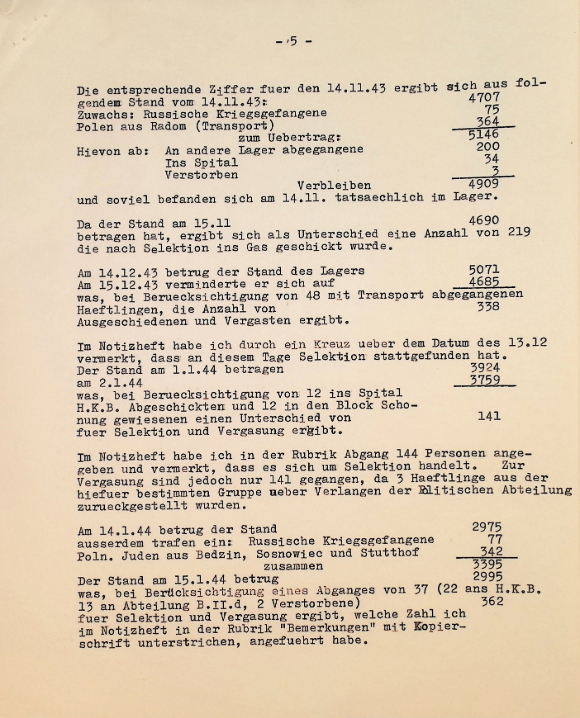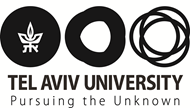International Holocaust Memorial Day 2025
The Auschwitz concentration and extermination camp was a complex of over 40 concentration, labour, and extermination camps established by the Nazis in Lower Silesia, in southwestern Poland. The main camp was erected in the suburbs of Oświęcim in May 1940, and in 1942, Auschwitz II- Birkenau began operating alongside it. Ostensibly built to house prisoners of war, it has since become infamous as the site where approximately one million men and women, 90% of the camp's victims, were murdered. Of these, about 900,000 were killed in gas chambers immediately upon arrival. All in all, around 1.1 million people were murdered at Auschwitz, making it the deadliest extermination camp and the largest mass murder site in human history. Another camp, Auschwitz III-Monowitz, served as the administrative headquarters for the complex’s labour camps.
On January 27, 1945, circa 15:00, Soviet soldiers entered the camp gates after battles in which 231 of them were killed. The grim sights that greeted them were intolerable: millions of personal effects, hundreds of corpses, and approximately 7,000 starving, dying, and gravely ill prisoners, those too weak to be evacuated in the death marches.

A page from Dr. Wolken's testimony on Birkenau, detailing transports from November 1943 to January 1944: the prisoners' origins, how many were sent to their deaths, and how many were registered for labor. From the Wiener Library Archive Collection, P.III.h (Auschwitz) No. 562.
Dr. Otto Wolken, an Austrian Jew, was sent to the Auschwitz-Birkenau extermination camp in 1943. Given his medical training, he was sent to work in the camp's infirmary, where he treated sick prisoners and exploited his position to gather evidence of Nazi crimes. Immediately after Auschwitz's liberation in January 1945, Wolken wrote down his memoirs of the camp, and in 1946 he gave his testimony to the Chief Commission for Investigation of German Crimes in Poland. In it he reported that only about 1,200 prisoners survived Auschwitz, approximately 5,800 survived Birkenau, and around 600 survived the Monowitz concentration camp. His testimony was used as evidence at the Nuremberg Trials, as well as the Krakow Auschwitz Trials. In 1967 he testified at the Frankfurt Auschwitz Trials.
The archival collections of the Wiener Library for the research of the Nazi Era and the Holocaust hold the protocols of Dr. Wolken’s testimony before the Chief Committee, as well as his personal recollections of the liberation of Auschwitz.





